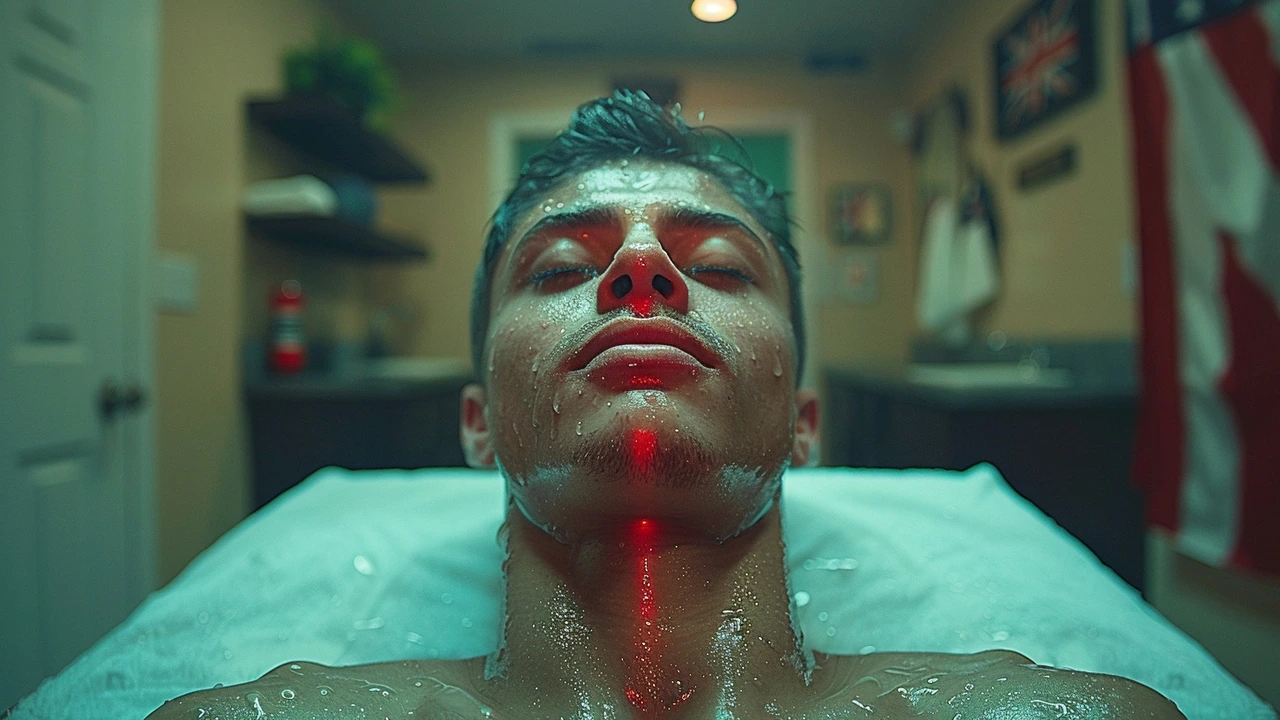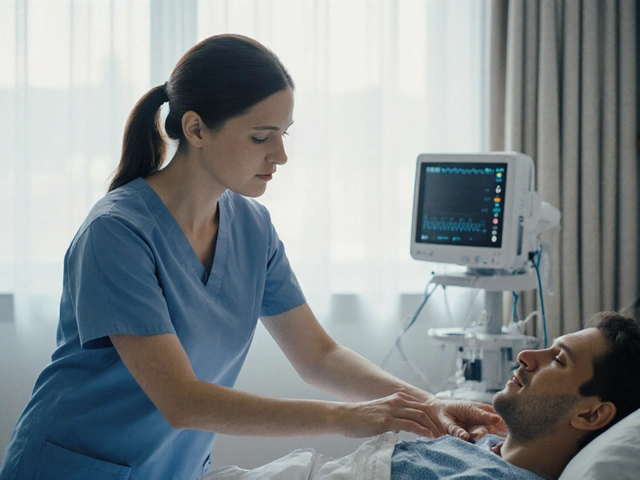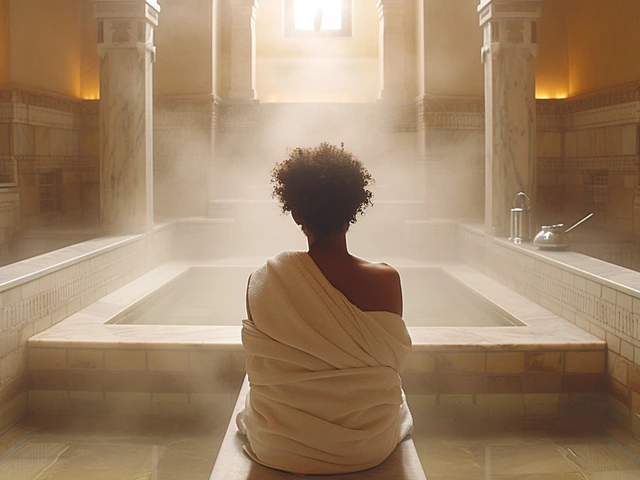Craniosacral therapy: gentle, hands-on relief you can feel
Ever tried a treatment so gentle you barely feel it—and left calmer, with less pain? That’s craniosacral therapy. Practitioners use light touch on the skull, neck, and sacrum to ease tightness, improve movement, and calm your nervous system. It’s low-force and slow-paced, so it’s easy to try even if other hands-on therapies hurt.
What to expect in a session
Sessions are usually done with you clothed, lying on a massage table. The therapist rests their hands on your head, neck, or low back and follows small rhythms and subtle shifts. You might notice warmth, a sense of release, a softening around your jaw, or just deep relaxation. Sessions range from 30 to 60 minutes. Afterward people often feel looser, sleep better, or less anxious. If you have headaches, neck pain, or chronic tension, a few sessions spaced over weeks give the body time to respond.
Therapists come from different backgrounds—massage, physical therapy, osteopathy—so styles vary. Ask the practitioner what training they completed and how long they’ve practiced craniosacral work. If you have recent head trauma, a brain condition, or unstable medical issues, check with your doctor first and tell the therapist about any surgeries, implants, or ongoing treatments.
Who benefits and how safe is it?
People who try craniosacral therapy often have headaches, neck or back tension, stress, TMJ problems, or sleep issues. Some report improved digestion or reduced anxiety after treatment. Evidence is mixed but promising: small clinical trials and case reports show benefits for certain kinds of headaches and neck pain, and many clients report meaningful symptom changes. Because the touch is so light, risks are low for most people. Still, avoid deep cranial work if you have recent head injury, aneurysm history, or uncontrolled blood clotting disorders—your therapist should screen for this.
How do you pick a good practitioner? Look for clear training credentials, good client reviews, and someone who asks detailed questions about your health. A solid practitioner will explain what they do, set realistic expectations, and suggest a plan—often a short series of sessions to see how you respond. Trust your gut: if the therapist rushes you or gives big promises, walk away.
Simple at-home steps can help between sessions: gentle neck stretches, focused breathing to calm your nervous system, and short breaks from screens to reset posture. If you try craniosacral therapy, track your symptoms for a few weeks so you can tell whether it’s helping.
Craniosacral therapy isn’t a magic cure, but for many it’s a gentle, low-risk way to reduce tension, improve sleep, and calm the nervous system. If you want a soft-touch option that’s easy on the body, it’s worth a try.

Discover the Transformative Power of Craniosacral Therapy
Craniosacral Therapy is an innovative approach to healing that involves gentle manipulation of the cranial bones, spinal column, and sacrum. This therapy aims to improve the flow of cerebrospinal fluid and enhance the body's natural healing processes. An increasing number of people are turning to craniosacral therapy for relief from chronic pain, stress, and various health conditions. By understanding its benefits and how it works, individuals can consider integrating craniosacral therapy into their wellness routines. This article explores what craniosacral therapy is, its roots, who it can benefit, and shares insights from practitioners.

Craniosacral Therapy: Unveiling the Path to Inner Peace and Wellness
Craniosacral therapy represents a gentle yet profound form of healing that addresses the body's craniosacral system. It's a method believed to enhance the body's natural healing capabilities, address various health issues, and contribute to overall wellness. This article dives deep into what craniosacral therapy entails, its historical roots, how it works, and the array of benefits it offers. Readers will also discover practical tips for making the most out of their therapy sessions and understand the potential it holds for providing a pathway to inner healing.

Discovering Craniosacral Therapy: A Natural Solution for Alleviating Stress and Improving Wellness
Hey there! I'm so thrilled to share something that's been a game-changer for me – it's called Craniosacral Therapy. Imagine a gentle therapy that taps into your body's own healing capabilities, soothing your overtaxed nervous system and bringing you a sense of peace. In a world that's always buzzing, it's like a secret oasis of calm that few know about. I've experienced firsthand how this profound yet subtle treatment can work wonders in melting away the anxiety and tensions we carry. And, trust me, it feels like a balm for the soul, especially if you are struggling with the daily grind.

Craniosacral Therapy: Your Ultimate Guide to Pain-Free Living
Hello beautiful people, today we're digging into the fascinating world of Craniosacral Therapy - an incredible approach to pain-free living. In this ultimate guide, we'll explore everything there's to know about this therapy, its benefits, and how it can contribute to a healthier, more comfortable life. As always, remember to approach alternative medicines with an open mind and see how this practice could fit into your wellness routine. Prepare to take control of your health like never before!

Discover the Healing Wonders of Craniosacral Therapy
Hello there! In today's post, I'm thrilled to uncover the healing wonders of Craniosacral Therapy. This unique alternative medicine is a gentle, non-invasive approach that is said to improve overall health and well-being by aligning your body's natural rhythm. Tune in as we dive into its benefits and potential for promoting relaxation and relieving tension. Trust me, it's going to be an exciting journey into the realm of transformative healing.
Categories
- Health and Wellness (148)
- Alternative Therapies (81)
- Massage Therapy (40)
- Travel and Culture (14)
- Beauty and Skincare (9)
- Holistic Health (8)
- Health and Fitness (5)
- Spirituality (5)
- Other (2)
- Personal Development (2)
Popular Articles



